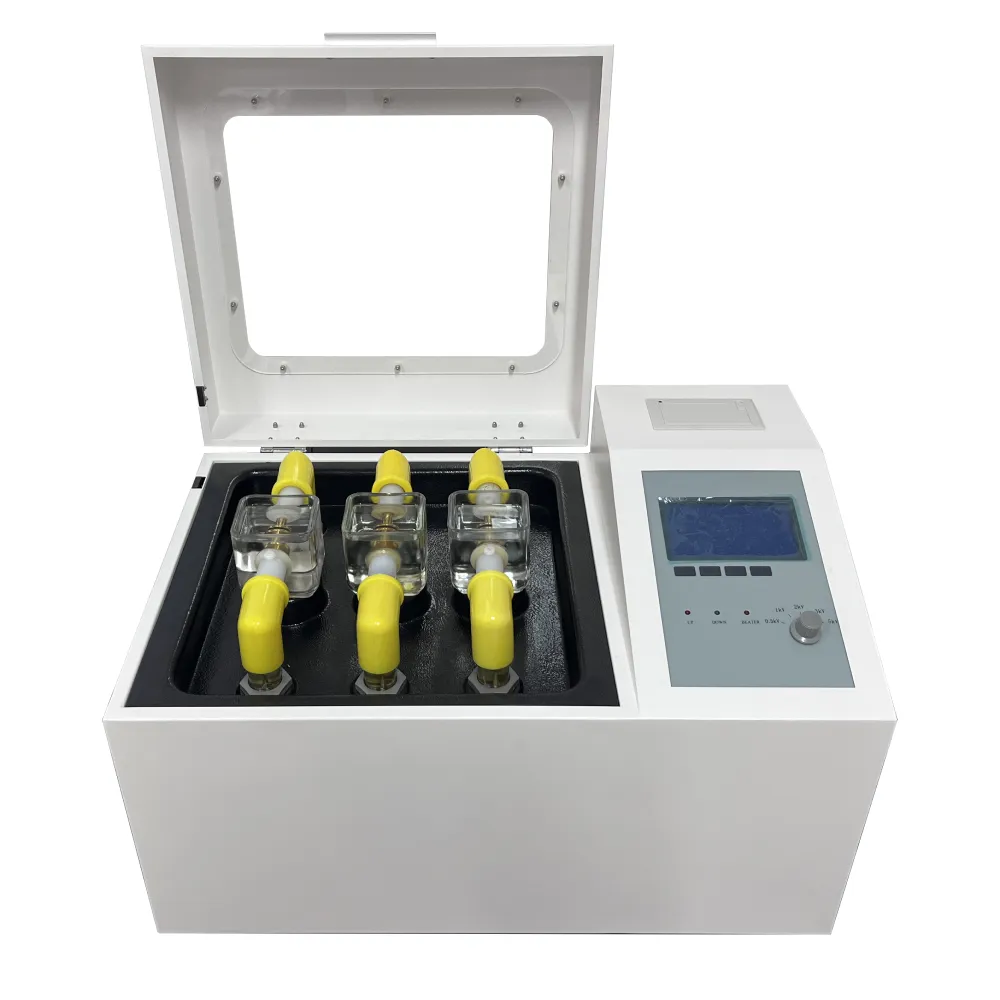 English
English


winding resistance meter
Understanding Winding Resistance Meters A Key Tool for Electrical Testing
Winding resistance meters play a crucial role in the electrical testing and maintenance of motors, generators, and transformers. By providing accurate measurements of the resistance within the windings of these electrical machines, they help ensure reliability and efficiency in various applications across industries. This article delves into the importance, functionality, and features of winding resistance meters, highlighting why they are essential tools for electrical engineers and technicians.
Importance of Winding Resistance Testing
The resistance of windings is a critical parameter that influences the performance and longevity of electrical machines. High resistance can indicate potential issues such as poor connections, corroded cables, or even insulation breakdown. Conversely, low resistance values may reveal short circuits or faulty winding configurations. Regular testing of winding resistance helps in identifying these problems before they lead to catastrophic failures or costly downtimes.
Moreover, winding resistance testing is often a requirement as part of routine maintenance schedules. Many industries, particularly in manufacturing, utilities, and transportation, rely on operational continuity. Implementing preventive maintenance practices, including winding resistance testing, supports their objective of minimizing unexpected outages and extending equipment life.
How Winding Resistance Meters Work
Winding resistance meters utilize a simple but effective principle based on Ohm’s law. These instruments apply a known current through the winding and measure the resultant voltage drop. Using the relationship defined by Ohm's law (V = IR), the meter calculates the resistance (R) of the windings.
Most modern winding resistance meters are equipped with digital displays and advanced computing capabilities, allowing for easier reading and interpretation of resistance values. They can often store multiple readings, making it convenient for technicians to monitor changes over time and identify trends that may indicate deterioration or upcoming failures.
Some meters also come with features such as automatic temperature compensation, which enhances accuracy by adjusting resistance readings according to the temperature, given that resistance values can vary significantly with temperature changes
.winding resistance meter

Key Features to Look for
When selecting a winding resistance meter, there are several features to consider
1. Measurement Range and Accuracy Ideally, the meter should cover a wide range of resistances and provide high precision to capture minute variations that could signify emerging issues.
2. Ease of Use User-friendly interfaces with clear displays and simple operation are essential for efficient testing, especially in environments where time and safety are crucial.
3. Data Logging and Connectivity Many advanced models come with data logging capabilities, allowing users to store results and compare them over time. Connectivity features, such as Bluetooth or USB, enable easy transfer of data to computers or smartphones for analysis and reporting.
4. Safety Features Given that testing often involves high-voltage equipment, safety features such as overload protection and insulated test leads are vital.
5. Portability A portable device can be particularly beneficial for field testing, allowing technicians to conduct assessments on-site without the need for extensive setup.
Conclusion
Winding resistance meters are indispensable tools in the maintenance and testing of electrical machinery. By offering precise measurements of winding resistance, they assist in the early detection of potential failures, enhancing the operational reliability of critical equipment. As industries continue to evolve and incorporate technology, the importance of effective testing tools like winding resistance meters cannot be overstated. Investing in quality testing equipment not only helps in ensuring equipment longevity but also contributes significantly to operational efficiency and safety in the workplace.
-
Differences between open cup flash point tester and closed cup flash point testerNewsOct.31,2024
-
The Reliable Load Tap ChangerNewsOct.23,2024
-
The Essential Guide to Hipot TestersNewsOct.23,2024
-
The Digital Insulation TesterNewsOct.23,2024
-
The Best Earth Loop Impedance Tester for SaleNewsOct.23,2024
-
Tan Delta Tester--The Essential Tool for Electrical Insulation TestingNewsOct.23,2024





